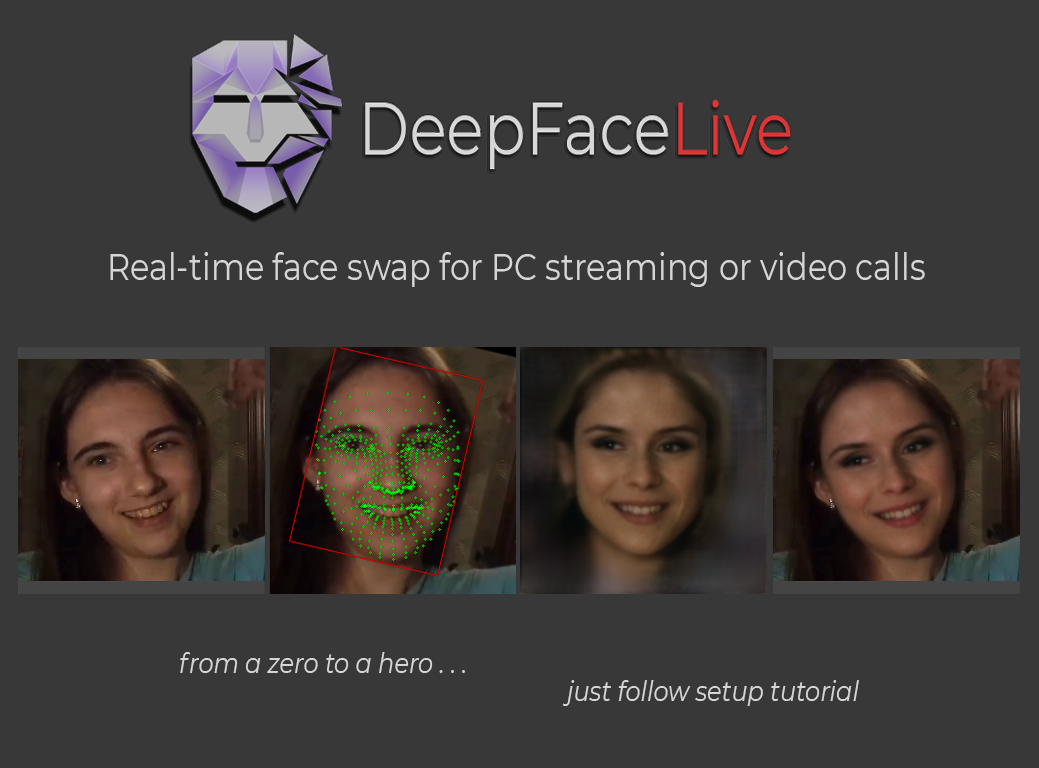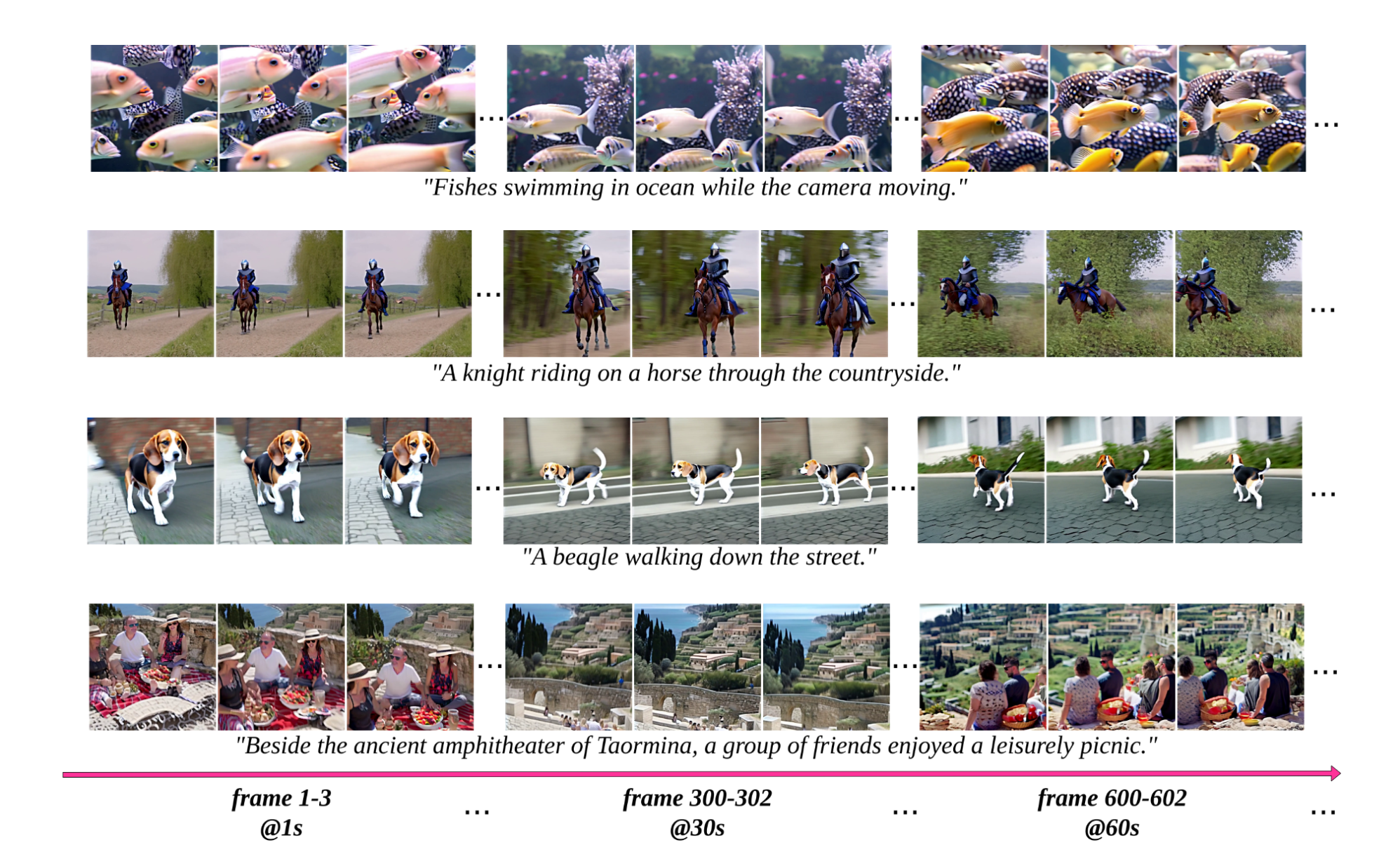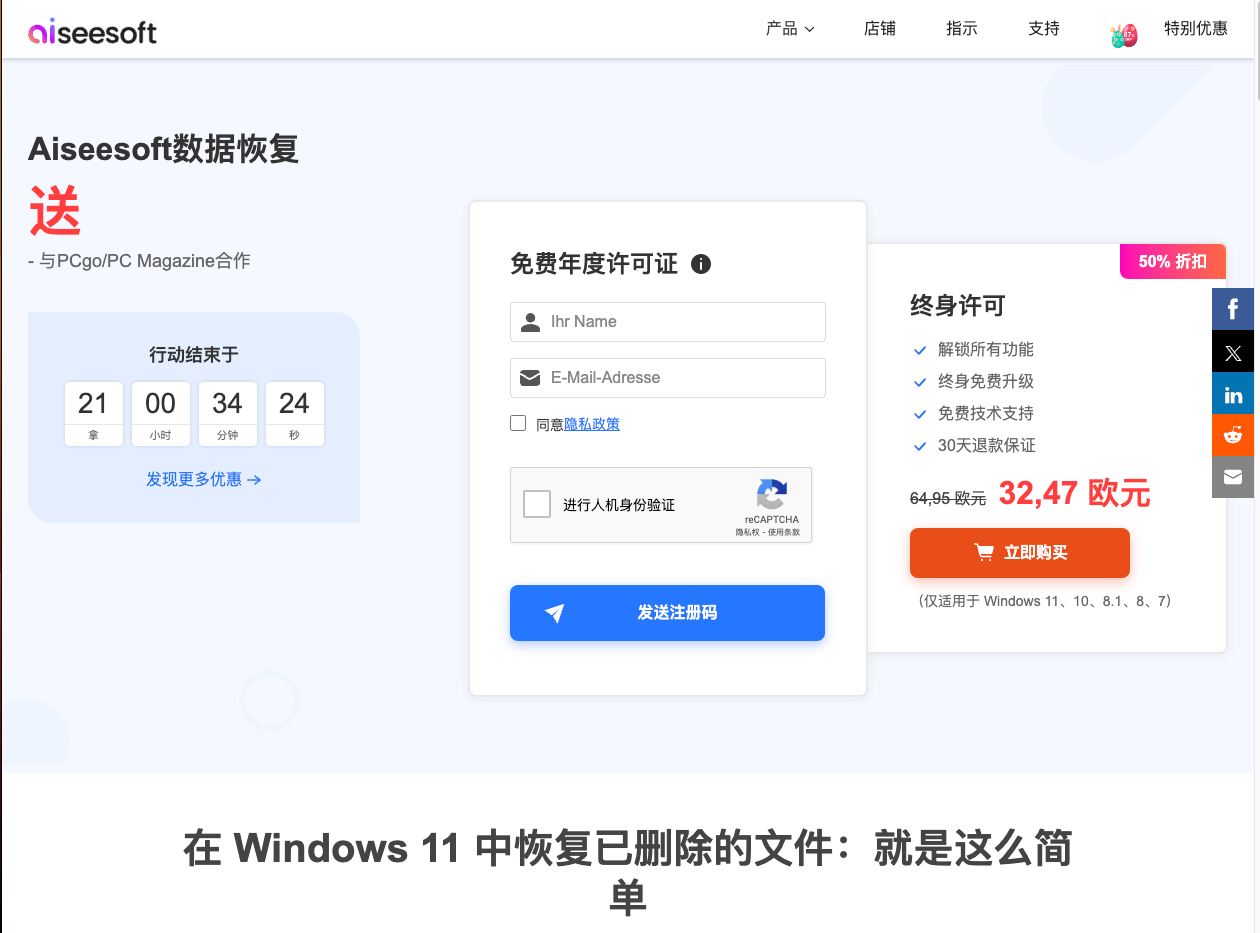AI一键换衣神器 终于把老黄的黑皮夹克给换了
要求
git clone https://github.com/yisol/IDM-VTON.git
cd IDM-VTON
conda env create -f environment.yaml
conda activate idm数据准备
VITON-HD
您可以从 VITON-HD 下载 VITON - HD 数据集。
下载 VITON-HD 数据集后,将 vitonhd_test_tagged.json 移动到测试文件夹中。
数据集目录的结构应如下所示。
 WenHaoFree
WenHaoFree



